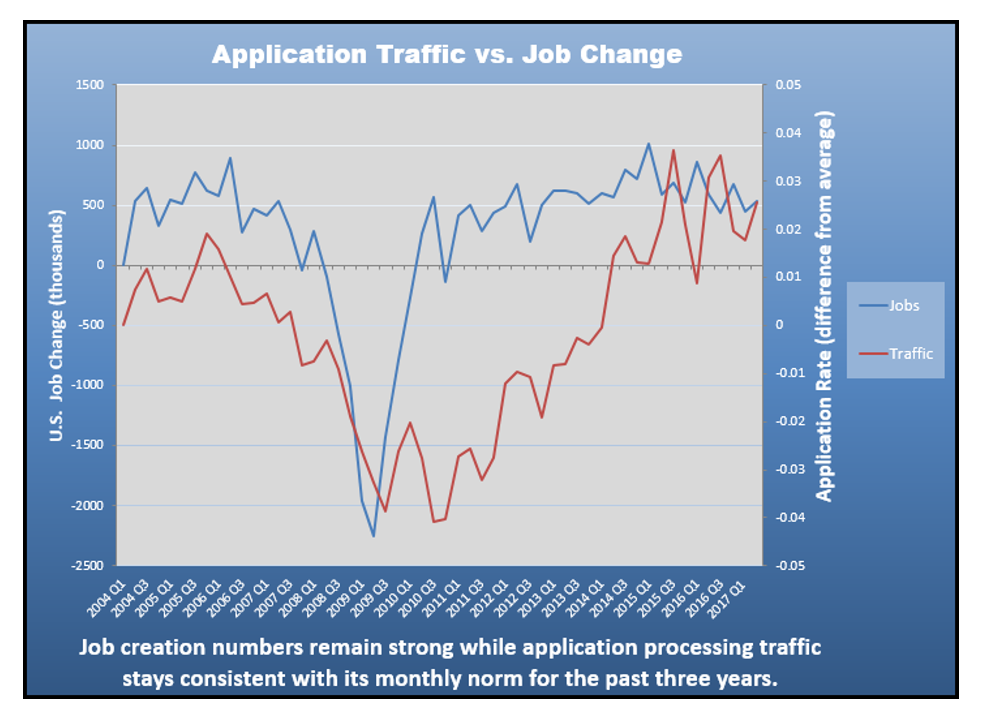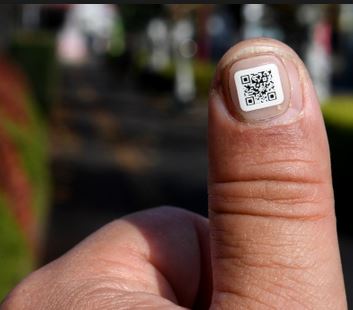Create a coworking spot in your community
Add value for renters
With the rise of freelancing and digital nomadism, coworking spaces are among the most sought-after amenities today. Although many locations are specifically designed to be shared office spaces, coworking spots are becoming ever more present in multifamily buildings and communities. In fact, many buildings with apartments for rent in Sacramento, Brooklyn, Houston, or Austin now […]








